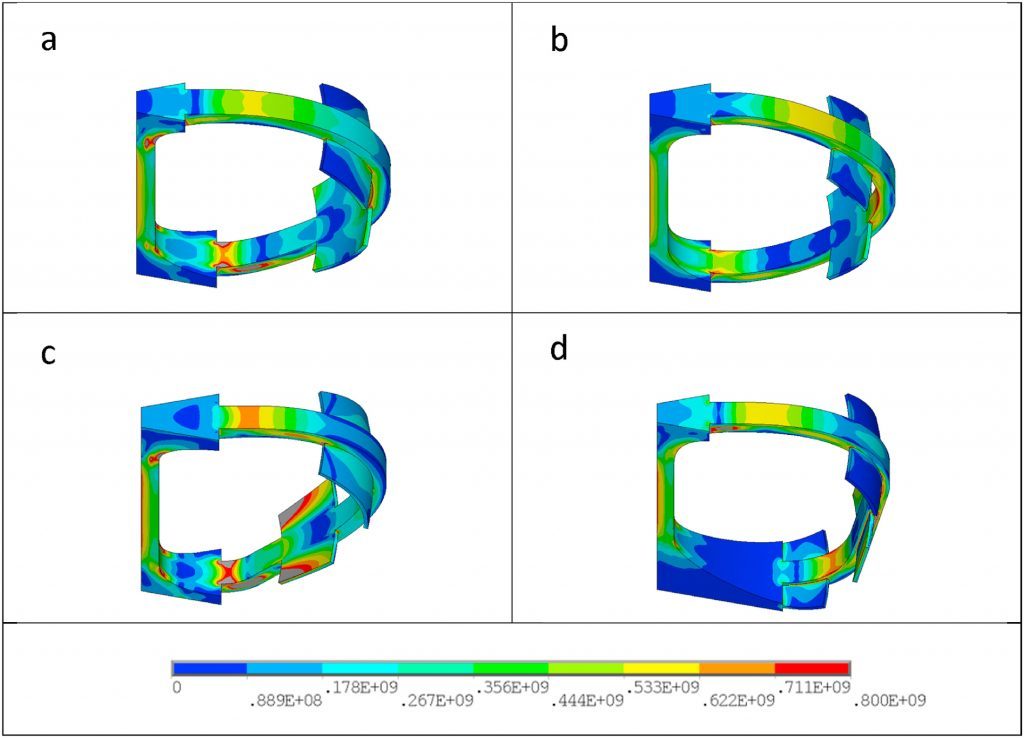We are pleased to announce that our research article ‘Structural optimisation of the DEMO alternative divertor configurations based on FE and RBF mesh morphing‘ which was just published by Heliyon Journal.
Learn how we used the RBF Morph technology to optimize the DEMO magnets. Static membrane stress levels during magnetization could be reduced significantly from more than 700 MPa to below 450 MPa.

Abstract
The DEMO tokamak exhibits extraordinary complexity due to the constraints and requirements pertaining to different fields of physics and engineering. The multidisciplinary nature of the DEMO system makes its design phase extremely challenging since different and often opposite requirements need to be accounted for. Toroidal field (TF) coils generate the toroidal magnetic field required to magnetically confine the plasma particles and support at the same time the poloidal field coils. They must bear tremendous loads deriving from electromagnetic interactions between the coil currents and the generated magnetic field. An efficient tokamak design aims at minimizing the energy stored in its magnetic field and hence at reducing the toroidal volume within the TF coils whose shape would hence ideally mimic co-centrically the shape of the plasma. In order to bear the enormous forces a D-shape is most suitable for the TF coils as it allows them to resist the very large compression on the inner side and to carry the electro-magnetic (EM) pressure mainly by membrane stresses preventing large bending to occur on the outer side. At the same time the divertor structures must fit within the TF coils and this requires adaptations of the TF coil shape in the case of so-called advanced divertor configurations (ADCs), which require larger divertor structures. This article shows the TF coils adapted to ADCs using a structural optimisation procedure applied to the reference shape. The introduced strategy takes as structural optimum the iso-stress profile associated to each coil. A continuous transformation, based on radial basis functions mesh morphing, turns the baseline finite element (FE) model into its iso-stress counterpart, with a series of intermediate configurations available for electromagnetic and structural investigations as output. The adopted strategy allowed to determine, for each of the ADC cases, a candidate shape. Static membrane stress levels during magnetization could be reduced significantly from more than 700 MPa to below 450 MPa.
Reach us with a message.
